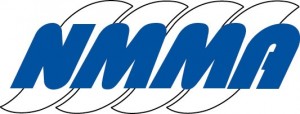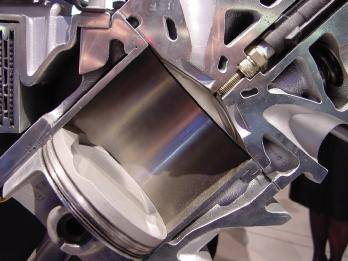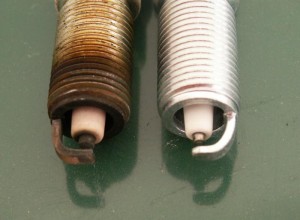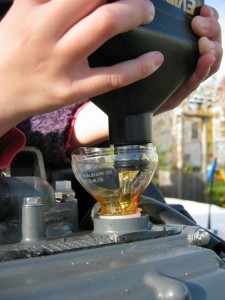Preventing Oil Leaks
 Outboard motors power watercrafts ranging from small pontoons to large fishing boats. Regardless of size, using the best outboard motor oil is a priority. What do you do then if your motor begins to leak? This can be detrimental to the motor’s performance and to the environment.
Outboard motors power watercrafts ranging from small pontoons to large fishing boats. Regardless of size, using the best outboard motor oil is a priority. What do you do then if your motor begins to leak? This can be detrimental to the motor’s performance and to the environment.
To prevent an oil leak, examine the fuel lines for cracks or breaks prior to heading out on the water. Also look over the oil tank for any cracks or holes. In both cases, replacing damaged parts is a must. Finally, check the engine block for corrosion and have trouble spots fixed by a professional.












